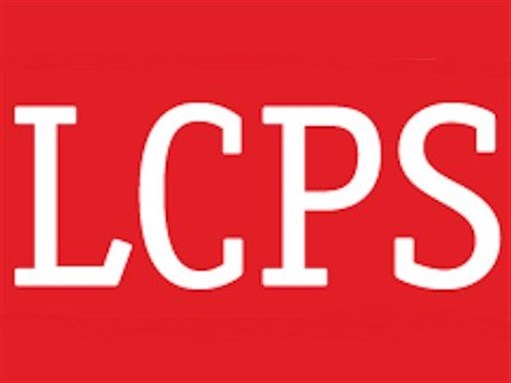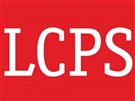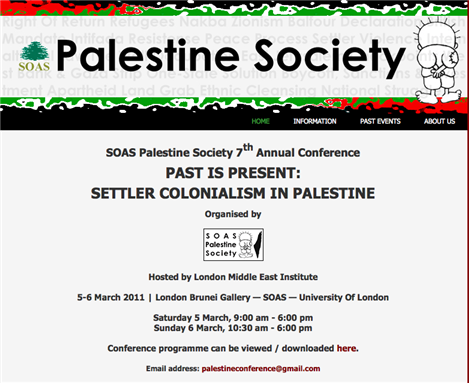While there was genuine hope that adopting a proportional representation system could pave the way for political reform in Lebanon, its impact was largely confined to shifting the balance of power among the same political elite. Many of the new faces in Lebanon’s recently-elected parliament are from the same political or social fabric as their predecessors, including many sons of politicians. In some districts, the old guard has returned. Save one candidate, no individuals put forward by new political groups crossed the finish line, while women remain heavily under-represented in the country’s national legislature.
Granted, Lebanon’s new electoral law introduced pre-printed ballots for the first time; many lists competed against each other—averaging five in the fifteen districts—though on an unequal footing, and a record number of highly qualified women threw their respective hats into the ring (eighty-six compared to only twelve in 2009). However, this election exposed several deficiencies in the law, many of which we highlighted in an earlier article, and need to be addressed to better represent different segments of society.
This election showed that while electoral reform is necessary, it is not sufficient. There is an urgent need to address electoral strategies that parties have resorted to in order to manipulate voters’ behavior.
This election showed that while electoral reform is necessary, it is not sufficient. There is an urgent need to address electoral strategies that parties have resorted to in order to manipulate voters’ behavior. This brings us to several key questions regarding political party reforms, and whether parties can transform themselves from being clientelistic to programmatic by forwarding and promoting policy prescriptions that address people’s concerns.
One of the key provisions of this law concerns the requirement that candidates be named on a single list. It was hoped that this would foster some policy coherence among candidates on the same list, something largely absent in Lebanese politics. More alarming is the fact that many of these parties ran with and against the same parties in different districts. For instance, the Amal movement ran with the FPM in Beirut II, Baabda, and Rachaya, but against it in Baalbek-Hermel, Saida-Jezzine, Sour-Saida villages-Zahrani, and Bint Jbeil-Nabatiyeh-Hasbaya-Marjayoun. The FPM ran with Hezbollah in Beirut II and Baabda, but against it in Zahle, Baalbek-Hermel, Sour-Saida villages-Zahrani, and Bint Jbeil-Nabatiyeh-Hasbaya-Marjayoun. The same holds true for the Future Movement, as it allied with the Lebanese Forces in Chouf-Aley, Akkar-Tripoli, and Baalbek-Hermel, but competed against it in Baabda, Zahleh, and Saida-Jezzine. If all of this sounds confusing, it merely reflects the complexity of alliances that were struck—putting on hold personal as well as ideological and political differences—with the exclusive aim of winning seats at all costs.
Once lists were formed, the competition between them transformed, in many cases, into competitions among candidates on the same lists, as they scrambled to garner preferential votes. Candidates sought preferential votes from their co-confessionalists, leading to the electoral system operating similarly to the “Orthodox Law”, under which it had been proposed that citizens cast votes exclusively for candidates of the same confession. This effectively reduces representation to largely contrived confessional concerns, ignoring all other aims, chief among them, a national vision. It also overlooks the fact that improvement in people’s welfare rests not on being governed by co-confessional leaders, but by the ability of citizens to hold their leaders accountable.
Compounding this is a lack of substantive and programmatic platforms on which parties campaign. While this has never been part of Lebanese political discourse, it was hoped that a PR system would inject some degree of public policy debate addressing socio-economic interests into campaigning. Indeed, political parties drafted programs, but most were too thin on evidence, rife with generalities, and short on specifics. Most importantly, the programs lacked any sense of vision or direction. Even when a position was articulated by a party, very few measures were suggested on how to reach a desired end. While many party programs ostensibly support the productive sector, reforming the tax system, and repairing the electricity sector, party members’ alleged consensus ends there, and programs continue to languish where they serve parties best: On a web portal.
The lack of programmatic campaigning means political parties in 2018 resorted to what they do best: Coercing voters. Stories circulated about vote buying, either through cash or the provision of services such as paying school tuition or securing medical treatments. Others were promised public sector jobs by candidates if family members cast their votes for them. Candidates also sought to scare their constituents using fear of the “other” as a way to mobilize voters. A Hezbollah MP warned constituents in Baalbek against allowing “others” to win Sunni and Christian seats, in reference to the Future Movement and Lebanese Forces, respectively. In return, the minister of interior tried to mobilize Sunnis in Beirut to vote for his party so the Shiites “do not invade” the capital. In the last few days of the election, Jumblatt, not wanting to take any risks regarding the election outcome, warned his Druze followers that Mukhtara may “fall” if his list was not elected. Of course, FPM chief Gebran Bassil did not miss the chance to associate himself with “the rights of Christians”.
It is no surprise then that many voters were not eager to go to the polls last Sunday. While turnout was expected to be higher under a proportional representation system compared to a majoritarian system, this was not the case in Lebanon, where it fell by 2%. Sensing voters’ apathy and worried that low turnout may bring the threshold down and give smaller parties or new political groups the chance to grab a few seats, two of the larger political parties—the Future Movement and Hezbollah—even considered extending the voting period, but chose not to as it would threaten to delegitimize the election results. However, the Ministry of Interior and Municipalities issued a decision that classified the vicinity of polling stations as part of voting areas, which meant that any voter who was within that perimeter could vote, even after the official cutoff time. This effectively extended the duration of voting, in violation of the spirit of the law. In the case of Baalbek-Hermel, the absence of a courtyard in some schools led to a wider interpretation of the vicinity of the polling station, leading to a larger defined area. To compliment this, political parties also opted to mobilize voters in the remaining few hours that polls were opened. While the Future Movement attempted to do so softly using TV and radio messages, Hezbollah employed its strong organizational capabilities to get voters to the polling booths.
Despite voter apathy, political parties and the media went to great lengths to paint the election as a “wedding”, conveniently disregarding the violations that took place before and during the elections. Voting secrecy was not respected in many instances, as elderly voters were carried to polling stations and were assisted by party delegates under the pretext that they are either illiterate or in need of physical assistance to cast their ballot. Several anecdotes were shared by citizens whose votes apparently evaporated from specific polling stations. As for ballot boxes, some went missing, others were not sealed, and one video showed two people rummaging through one. The inability or unwillingness of the Ministry of Interior and Municipalities to address these violations, or at least to openly communicate with the public, made things worse. In total, the Lebanese Association for Democratic Election (LADE) reported 950 violations, which is higher than the number recorded in 2009, including 222 that are very serious and involve intimidation.
Furthermore, the commission overseeing the election was hardly present. A lack of resources and the resignation of one of its civil society members cast a shadow on the commission’s credibility in undertaking its role.
The electoral law and the 2018 elections can hardly be called a success. Political parties and their elite backers managed to steal the election to gain legitimacy for another four years through using a range of tricks and gimmicks. While some political parties won a few seats and others lost, the biggest loser in this election is the Lebanese voter, who either voted for or was forced to vote for the same parties that have managed to do little more than impoverish them. This election cast a shadow on how the PR system was designed and implemented. There is a serious need to revise the electoral law based on the PR system, particularly the high threshold it imposes and the use of preferential voting, which reduced voting in many regions to a confessional contest. More than ever, there is a need to establish an independent commission with wide responsibilities, and the human and financial resources to establish an even playing field across competing groups as well as prevent voter intimidation. Lastly, there is a strong need for political parties to campaign on public policy proposals as opposed to fiery, fear-inducing discourse laced with the same, played out sectarian themes.
[This article was originally published by Lebanese Center for Policies Studies (LCPS).]


















